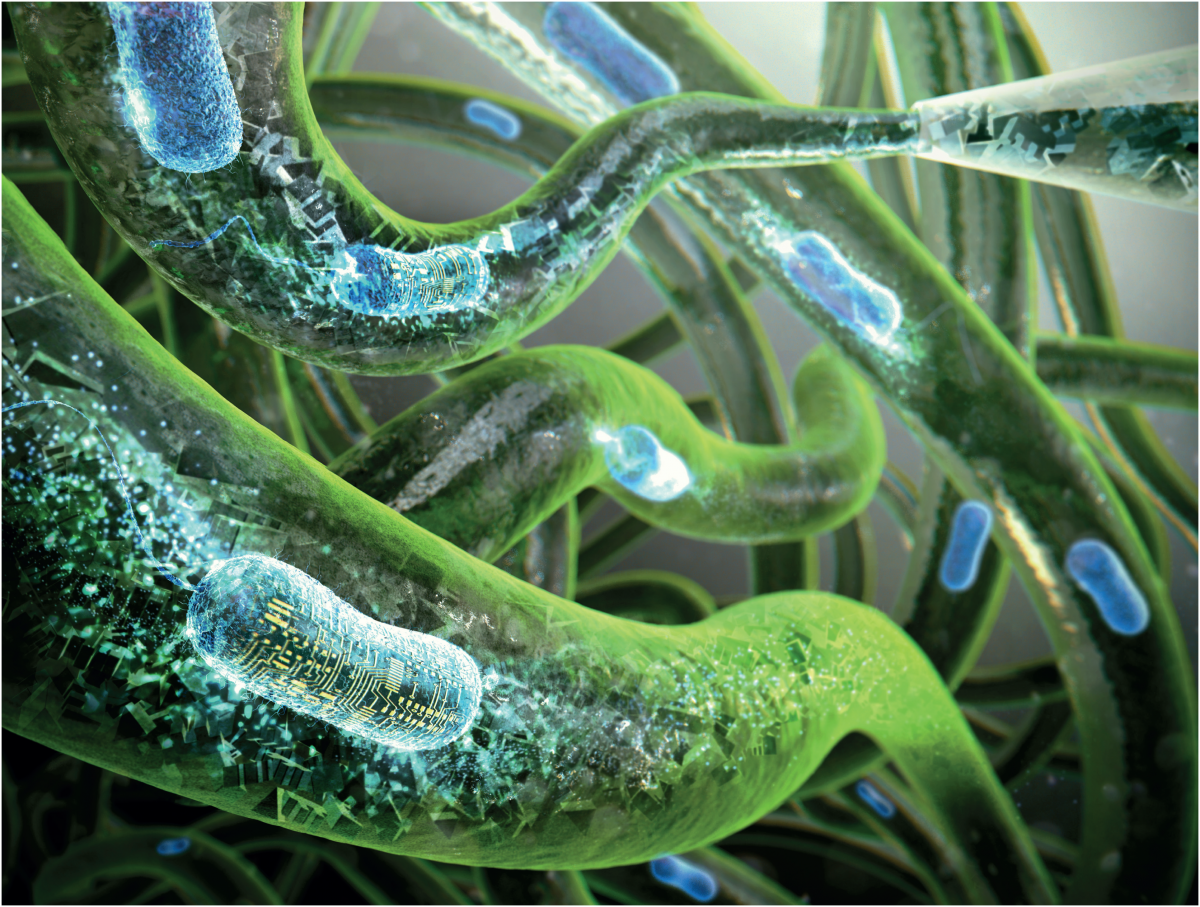What is Biophysics?
| Biophysics is an interdisciplinary field that applies the principles and methods of physics to study biological systems. It aims to understand biological processes at the molecular, cellular, and organismal levels, using quantitative approaches to measure and analyze biological phenomena. Biophysics combines techniques from physics, chemistry, biology, and mathematics to elucidate the fundamental mechanisms underlying biological functions. |
 |
Biophysics is a broad field that encompasses a range of topics, including molecular biophysics, structural biology, biomaterials, biophotonics, bioelectronics, and computational biology. Molecular biophysics focuses on understanding the physical properties of molecules and their interactions with other molecules, such as proteins, nucleic acids, and lipids. Structural biology aims to determine the three-dimensional structures of biological molecules using techniques such as microscopy, spectroscopy, single-molecule methods, electrophysiology, and molecular modeling. |
|
Biomaterials are materials that are used in medical devices and implants, such as artificial joints and heart valves. Biophysics plays an important role in the development of biomaterials by studying their physical properties and interactions with biological tissues. Biophotonics involves the use of light to study biological systems, such as imaging techniques that use fluorescent proteins to visualize the behavior of cells and tissues in real-time. Bioelectronics involves the use of electronic devices to interface with biological systems, such as sensors that can detect biological molecules or electrical signals from cells and tissues. Computational biology is a rapidly growing field that uses computer simulations and modeling to understand biological systems. Computational methods are used to study complex biological processes, such as protein folding and molecular dynamics, as well as to analyze large datasets, such as those generated by genomic sequencing and proteomics. |
|
One of the key questions in biophysics is how biological molecules and systems maintain their structure and function in the face of environmental fluctuations and perturbations. Biological systems are highly dynamic, and their behavior is often influenced by external factors such as temperature, pH, and mechanical stress. Biophysics aims to understand how biological systems respond to these perturbations, and how they can adapt and evolve over time. Another important area of biophysics is the study of biological energy transduction. Biological systems rely on the conversion of energy from one form to another, such as the conversion of chemical energy into mechanical energy. Biophysics aims to understand how these energy transduction processes work, and how they can be harnessed for practical applications, such as the development of nanomachines and energy storage devices. |
 |
|
Biophysics also plays an important role in medicine by providing insights into the molecular mechanisms underlying disease and by developing new diagnostic and therapeutic tools. For example, biophysics has been used to develop new imaging techniques that can detect early-stage tumors and monitor disease progression in real-time. Biophysics has also been used to develop new drug delivery systems, such as nanoparticles that can deliver drugs to specific tissues or cells. |
Faculty Members
| My recent projects focus on the dynamics and structure of the lignin polymer in biomass through a combination of molecular dynamics simulations and neutron scattering experiments. Plant biomass is a valuable renewable energy source for biofuel, synthetic fibers, and thermoplastics, but lignin polymer presents a challenge to biomass utilization by acting as a barrier between cellulose and enzyme. The goal of our research is to transform lignin into a renewable material by removing it from biomass, a key step in producing biofuel from cellulose. We investigated the “softening" of lignin and the impact of a polar aprotic co-solvent added water on lignin structure were investigated. These projects were carried out in collaboration with the joint University of Tennessee/Oak Ridge National Laboratory Center for Molecular Biophysics. |
This page updated by Fizik Bölümü on 28.09.2025 23:51:58

